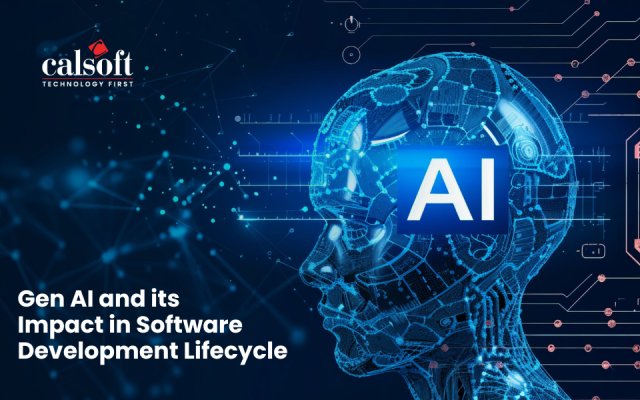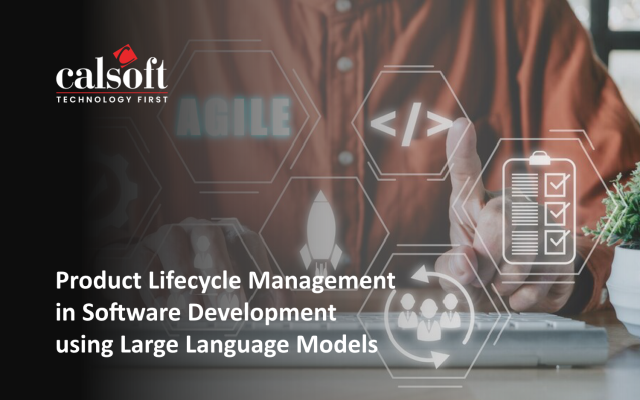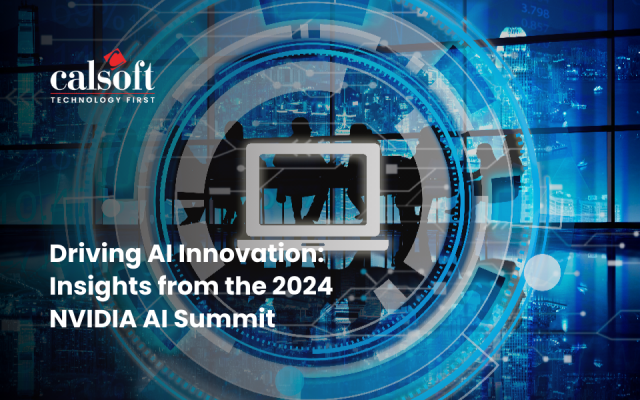The dynamic nature of the retail industry coupled with its ever-evolving consumer landscape is driving the need to leverage cutting-edge technologies to stay competitive. Among these, Generative AI (GenAI) has emerged as a frontrunner, drastically changing the way retailers operate, and engage with customers, in the process optimizing the supply chains and delivering a seamless customer experience (CX). Through this blog let’s investigate the seven use cases that are changing the way retailers operate.
1. Personalized Shopping Experiences:
In retail, GenAI redefines the concept of personalization by utilizing innovative algorithms that can analyze huge datasets of user behaviors. Retailers can exploit this capability to pursue significant awareness on personal favorites and shopping preferences. The insights on customer behaviors at a deeper level facilitate GenAI to generate customized shopping experiences. This use case nurtures customer reliability and enhances sales with appropriate product suggestions and tailored marketing messages.
2. Virtual Try-Ons:
With the advent of GenAI, virtual try-ons can be realized via the combination of computer vision and image recognition technologies. This enables customers to explore how the product really looks and virtually try on the products before buying the same. This virtual try-on smoothens the shopping process, reducing returns and ensuring an effective supply chain.
3. Dynamic Pricing Optimization:
To sustain and succeed in this highly competitive retail market trend proper pricing policies need to be maintained. GenAI can play a crucial role in optimizing pricing by GenAI is being employed to consider a multitude of factors such as user behaviors, market trends, and competitor pricing. The capability to attune pricing strategies to demand and supply variables helps retailers stay competitive, maximize revenue, and sustain a strategic edge.
4. Supply Chain Optimization:
With the potential challenges varying from demand forecasting to inventory management, the intricacies of the retail supply chain increase. GenAI with real-time insights can optimize supply chain procedures and facilitate retailers to make data-driven decisions. The real-time insights envision the demand patterns, recognize possible bottlenecks, and simplify inventory levels.
5. Content Generation:
GenAI algorithms generate good quality content at scale realizing successful marketing. With respect to the brand’s voice, GenAI assures consistent messaging from product descriptions to social media posts across various platforms. This contributes to a robust and more unified brand identity.
6. Fraud Detection and Prevention:
GenAI plays a significant role in analyzing fraudulent activities in online transactions. They enhance security measures by examining the transaction patterns, detecting potential anomalies, and following relevant preventive mechanisms Through effective preventive measures, retailers boost the security of their customers and enhance trust in the online platforms.
7. Customer Service Automation:
The customer gratification is important in every business. GenAI supports customer services through Online or virtual assistants, and chatbots. Customer services are automated by providing immediate responses to customer queries and guiding them in the shopping process. This enhances the overall service quality and customer experience.
In a Nutshell
GenAI is a crucial enabler for the retail industry, steering digital transformation, and ensuring advanced solutions that boost customer experiences and business development. It becomes important for retailers to embrace GenAI to remain competitive and adapt to the evolving retail landscape. The evolution of GenAI strategically impact the growth of the retail industry in the future, leading to a new age of efficiency, personalization, and customer-centric innovation. To know more details, visit Calsoft GenAI Services






